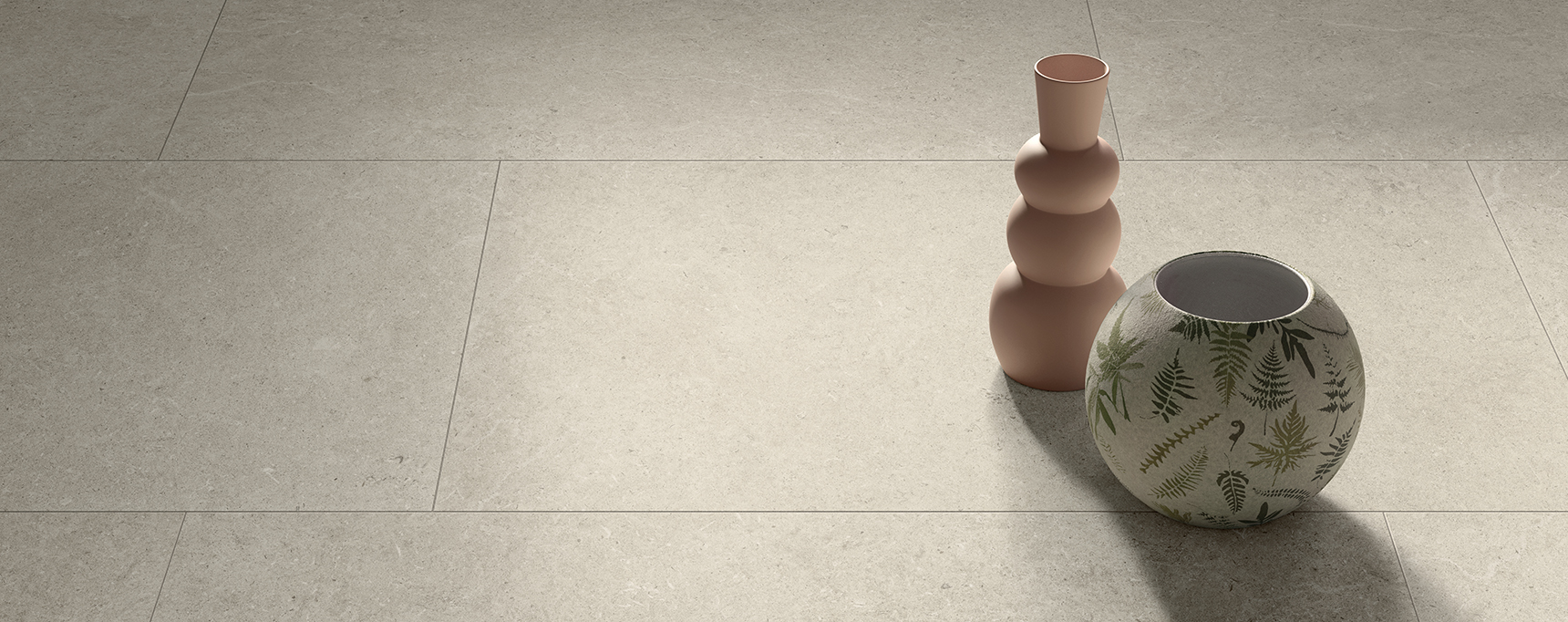How to choose the width of the grout lines
Recommendations and examples for choosing the width of the grout lines

The grout lines between tiles are a fundamental element in defining both the aesthetic aspect and the technical performance of one’s floors. The width, or size, of the grout lines is a very important choice.
What is a grout line and how do I choose its proper width for my floor?
By definition, the grout line is the distance that separates one tile from another. Grout lines are necessary because this distance permits dilation of the floors and natural settling due to structural movements, humidity, and variations in temperature.
Therefore, tiled flooring cannot be laid without grout lines, despite the fact that modern technology allows for the production of tiles with perfectly straight (rectified) edges which make it possible to install floors with much narrower grout lines, creating the impression of a continuous surface that is perfect for modern spaces.
Meanwhile, in more rustic contexts wide grout lines are more pleasing and are often necessary in order to respect the modularity of collections with multi-format solutions.
The width of the grout lines depends on various factors:
- the edge (rectified/perfectly straight or non-rectified)
- the context of use (flooring, cladding, interior or exterior space)
- the type of tile (porcelain stoneware, monoporosa, laminated stoneware)
Advice regarding grout line width can be viewed within the Panaria general catalogue. Below each collection is a table that summarizes all the factors listed above. Example:
PS: It is a good idea to inform your tile installer if you have purchased tiles with a rectified edge. For proper installation, he will have to use levelling spacers.
Would you like to know more?


